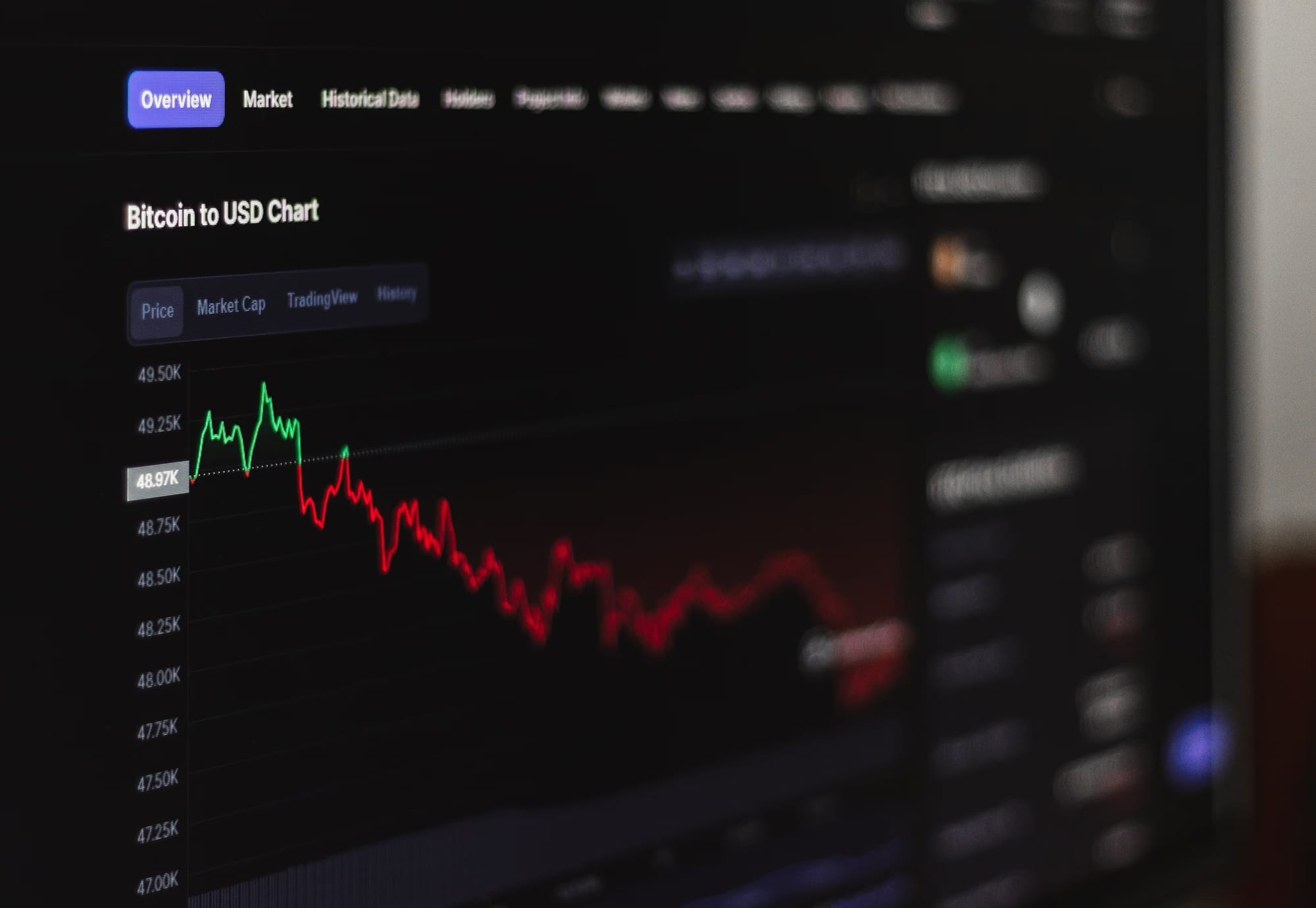What is Ethereum Rainbow Chart
Explore the Ethereum Rainbow Chart in our comprehensive blog. Understand how it indicates Ethereum's price trends and aids in your crypto investments

Ethereum was introduced in 2015 as an open-source, blockchain-based platform with its native cryptocurrency, Ether (ETH). Since its inception, Ethereum has grown significantly, not only in terms of its price but also in terms of its influence on the broader digital landscape.
ETH's market capitalization has increased exponentially over the years, consistently positioning it as the second-largest cryptocurrency after Bitcoin. The demand for ETH has increased significantly due to its utility within the Ethereum network for transactions and as 'gas' for smart contracts.
What is an Ethereum Rainbow Chart?
The Ethereum Rainbow Chart is a price chart that is color-coded to indicate whether Ethereum (ETH) is in a "bubble" phase, and if so, how extreme that bubble might be. The chart uses a logarithmic scale, which means that the vertical scale is not linear but increases by orders of magnitude. This is useful when dealing with assets like Ethereum, which can experience rapid, exponential price increases.
The Ethereum Rainbow Chart, made by a person known as @rohmeo_de, is a colorful way to look at how Ethereum's price might change in the future. It uses different colors to show when Ethereum might be cheap or expensive.
Just like a real rainbow has different colors, each color on this chart tells you something different about Ethereum's price. For example, some colors might show that Ethereum is really cheap right now, while others might tell you it's really expensive.
By looking at the colors and the history of Ethereum's price, you can get a better idea of when it might be a good time to buy or sell. But remember, it's just one tool and it's always a good idea to consider other information before making your investment decision.
Trends Set by Ethereum
Ethereum has been a trendsetter in several key areas in the cryptocurrency space.
Smart Contracts and Decentralized Applications (dApps): Ethereum was the first blockchain platform to introduce smart contracts - self-executing contracts with the terms of the agreement directly written into lines of code. This innovation has spurred the development of thousands of dApps and initiated the rise of the DeFi sector.
Initial Coin Offerings (ICOs): Ethereum's platform has also been the launchpad for numerous Initial Coin Offerings (ICOs), a popular method for blockchain-based projects to raise funds by selling their native tokens.
Non-Fungible Tokens (NFTs): Ethereum is the primary network used for creating and trading NFTs, which are unique digital assets stored on a blockchain. The NFT boom of 2020 and 2021, involving the trade of digital art and other unique digital assets, mainly occurred on the Ethereum platform.
Decentralized Finance (DeFi): Ethereum is the leading platform for DeFi applications. These applications aim to recreate traditional financial systems (like loans, insurance, and savings accounts) with cryptocurrency, offering greater transparency and eliminating the need for intermediaries.
It's important to note that while Ethereum has seen considerable success, it also faces challenges, such as scalability issues and high gas fees. However, the proposed Ethereum 2.0 upgrade, which aims to shift the network from a proof-of-work (PoW) consensus mechanism to a more scalable proof-of-stake (PoS) system, shows promise in addressing these challenges. Future growth and trends will largely depend on the successful implementation of these upgrades and Ethereum's ability to adapt to an ever-evolving digital asset landscape.
What Do the Colors Represent in the Ethereum Rainbow Chart?
The colors in the Ethereum Rainbow Chart are key to understanding Ethereum's (ETH) current value. Each color band signifies a different valuation level of ETH, spanning from red to indigo.
When you see red on the chart, it suggests that ETH is quite overpriced. If it's orange, ETH is considered overpriced, just not as extreme as red. The yellow zone points out that ETH is slightly more expensive than it should be, while the green band suggests it's a bit overpriced but not by much. When the chart turns blue, it indicates that ETH is undervalued, and if it's indigo, it's saying that ETH is highly undervalued.
Just like the Bitcoin rainbow chart, the Ethereum Rainbow Chart is a guide for potential future price changes. It doesn't guarantee that these changes will happen, though. Therefore, it's essential to use this chart alongside other research tools to make more informed long-term investment decisions.
Ethereum Rainbow Chart Predictions
Keep in mind, that the Ethereum Rainbow Chart isn't meant to provide specific price predictions. Instead, it's designed to give a visual snapshot of the asset's history, showing what its value was at different points in time. This is done using logarithmic regression.
Typically, in a bull market, the price reaches the top of the color band before dropping down. With that in mind, the Ethereum Rainbow Chart might suggest that ETH could exceed $25,000 in the next bull run.
One of the best things about the Ethereum Rainbow Chart is its simplicity. The colors make it easy to understand what the price level was at any given time. But, remember, it's crucial not to depend entirely on this chart. It's better to also use other tools and methods to get a more complete picture of potential market trends.

